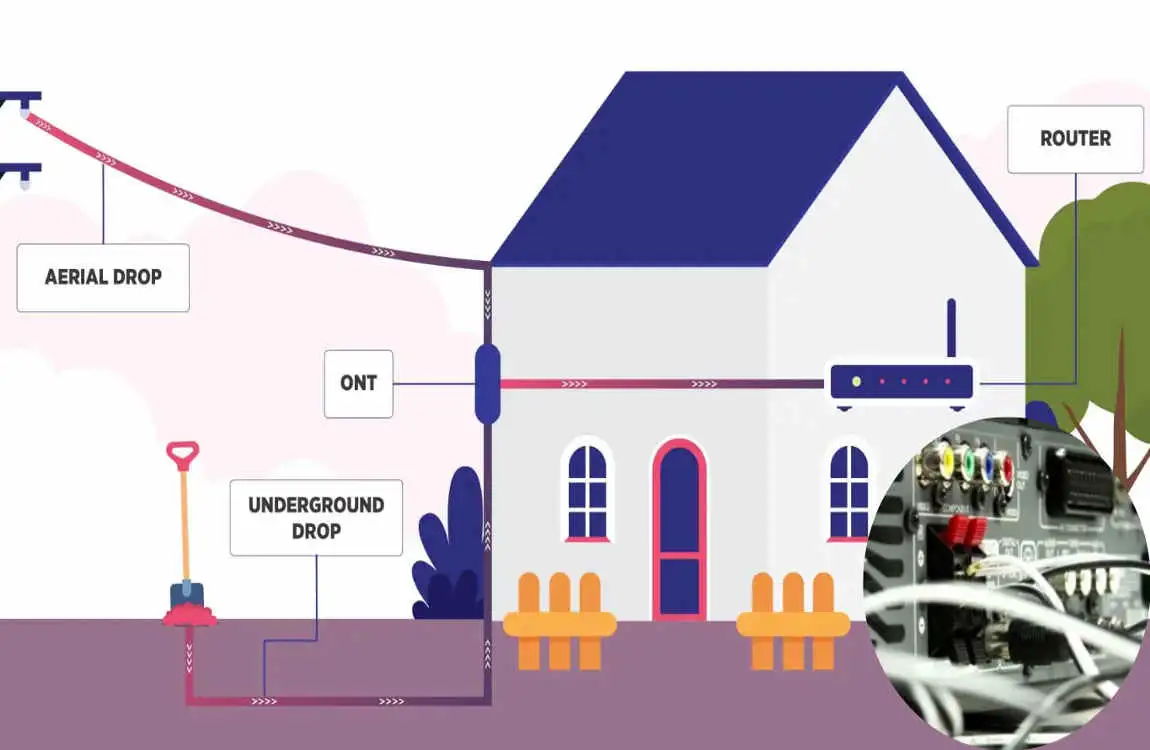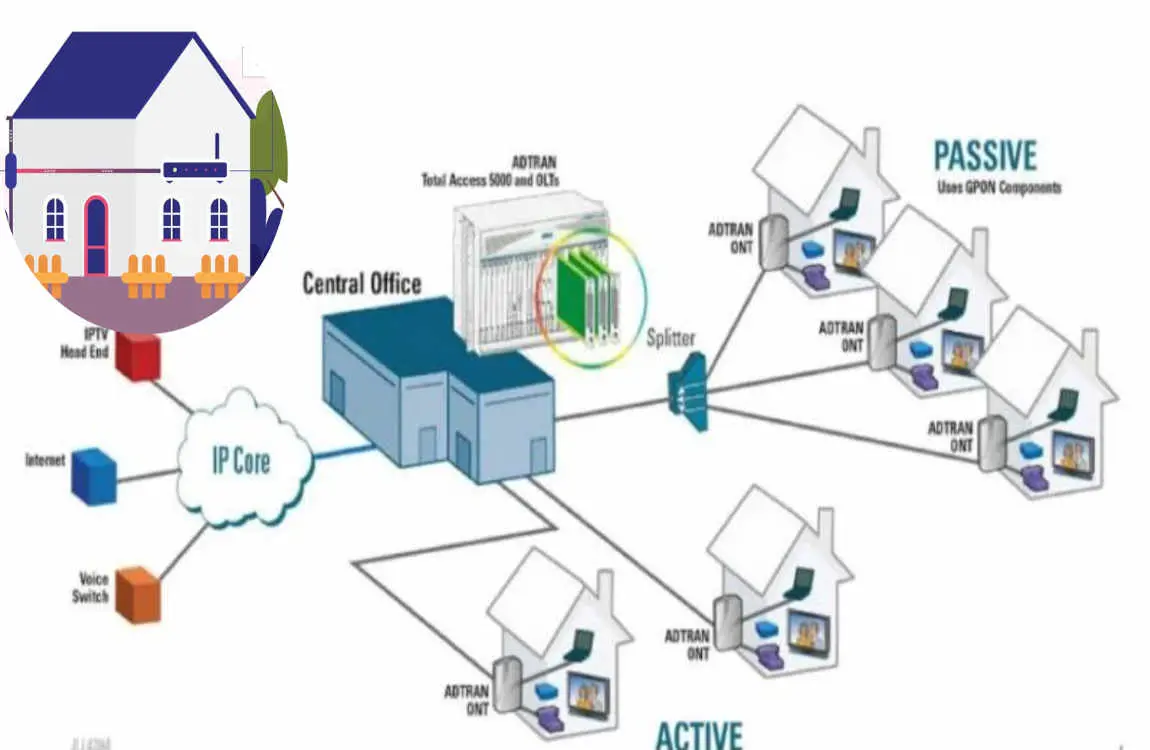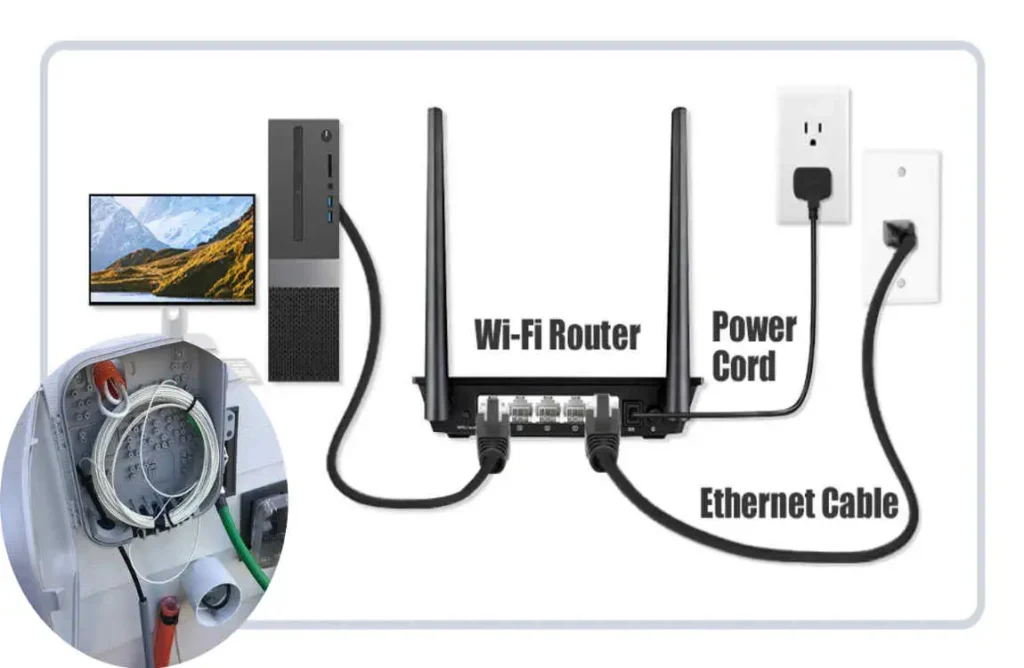Upgrading your home wiring for fiber optic internet can radically improve your internet speed, reliability, and overall digital experience. Unlike traditional copper cables, fiber optic wiring uses light signals to transmit data, enabling ultra-fast, low-latency connectivity perfect for streaming, gaming, and remote work. This guide will walk you through the essential steps and considerations for rewiring your home to take full advantage of fiber optic technology and future-proof your network connection.
Why Switch to Fiber Optic?

Switching to fiber optic internet opens the door to lightning-fast speeds. Traditional copper connections can’t compete with the bandwidth capabilities of fiber optics. This means smoother streaming, quicker downloads, and a better experience for gamers.
Reliability is another significant factor. Fiber optic cables are less susceptible to interference from weather or electrical signals, ensuring consistent performance regardless of outside conditions. Say goodbye to annoying buffering during your favorite shows.
Investing in fiber is future-proofing your home. With technology evolving rapidly and demands growing higher by the day, having a solid fiber connection prepares you for whatever comes next in digital advancements.
Understanding the Different Types of Fiber Optic Cables
Fiber optic cables come in two main types: single-mode and multi-mode. Each has distinct characteristics tailored for specific uses.
Single-mode fiber features a smaller core, allowing only one light signal to travel through at a time. This design minimizes signal loss over long distances, making it ideal for telecommunications and internet service providers.
You may also read (the financial responsibility of house inspections explained).
On the other hand, multi-mode fiber has a larger core that enables multiple signals to travel simultaneously. While this can lead to greater data transmission rates within shorter distances, it’s less effective than single-mode for extensive networks.
Another aspect involves cable construction. Loose-tube cables are designed for outdoor use, protecting fibers from environmental factors. In contrast, tight-buffered cables suit indoor installations where flexibility is essential.
Understanding these differences helps you choose the right type of fiber optic cabling based on your needs or to future-proof your home network effectively.
Steps to Rewiring Your Home for Fiber Optic Internet
Rewiring your home for fiber optic internet is a transformative project. Start by assessing your current wiring system. Identify the locations of existing cables and plan how to integrate new fiber lines.
Next, choose the right type of fiber optic cable for your needs. Single-mode fibers are great for long distances, while multi-mode fibers excel in shorter runs.
Once you have everything ready, prepare your workspace. Clear out any obstructions around outlets and walls where you’ll run the new cables.
Begin installation from the entry point of service into your home, running cables through walls or ceilings as needed. Secure them carefully without damaging insulation.
Connect the fiber optic cables to appropriate hardware, such as routers and switches, to ensure optimal performance throughout your space. Regularly check connections during setup to avoid complications later on.
Hiring a Professional vs a DIY Approach

When it comes to rewiring your home for fiber optic internet, you face a critical decision: hire a professional or tackle the project yourself.
Hiring an expert ensures that everything is done correctly and safely. Professionals have the experience and tools needed to navigate complex installations. They can quickly identify potential issues that might arise during the process.
On the other hand, going DIY means saving money on labor costs. If you’re handy and enjoy tackling projects, this could be an appealing option. Just remember that even small mistakes in wiring can lead to big problems down the line.
Consider your comfort level with technology as well. A lack of knowledge can turn a simple task into a frustrating challenge when tackling it solo. Weigh both options carefully before diving into rewiring for fiber optics.
Tips for Maintaining Your Fiber Optic Connection
To keep your fiber optic connection running smoothly, start with careful handling. Avoid bending or twisting the cables excessively, as this can cause damage.
Regularly check for any visible wear on connectors and cables. If you notice any fraying or cracks, it’s best to replace them promptly.
Dust accumulation can hinder the performance of your system. Use a soft cloth to wipe down all components gently.
Ensure that all connections are tight but not overly forceful; loose connections can lead to signal loss.
Consider investing in a surge protector designed specifically for fiber optics to shield against power surges and spikes.
Stay updated with your internet service provider’s recommendations regarding firmware updates and maintenance tips tailored to their specific equipment. This proactive approach helps ensure optimal performance over time.
You may also read (how much amperage does the average house use).
